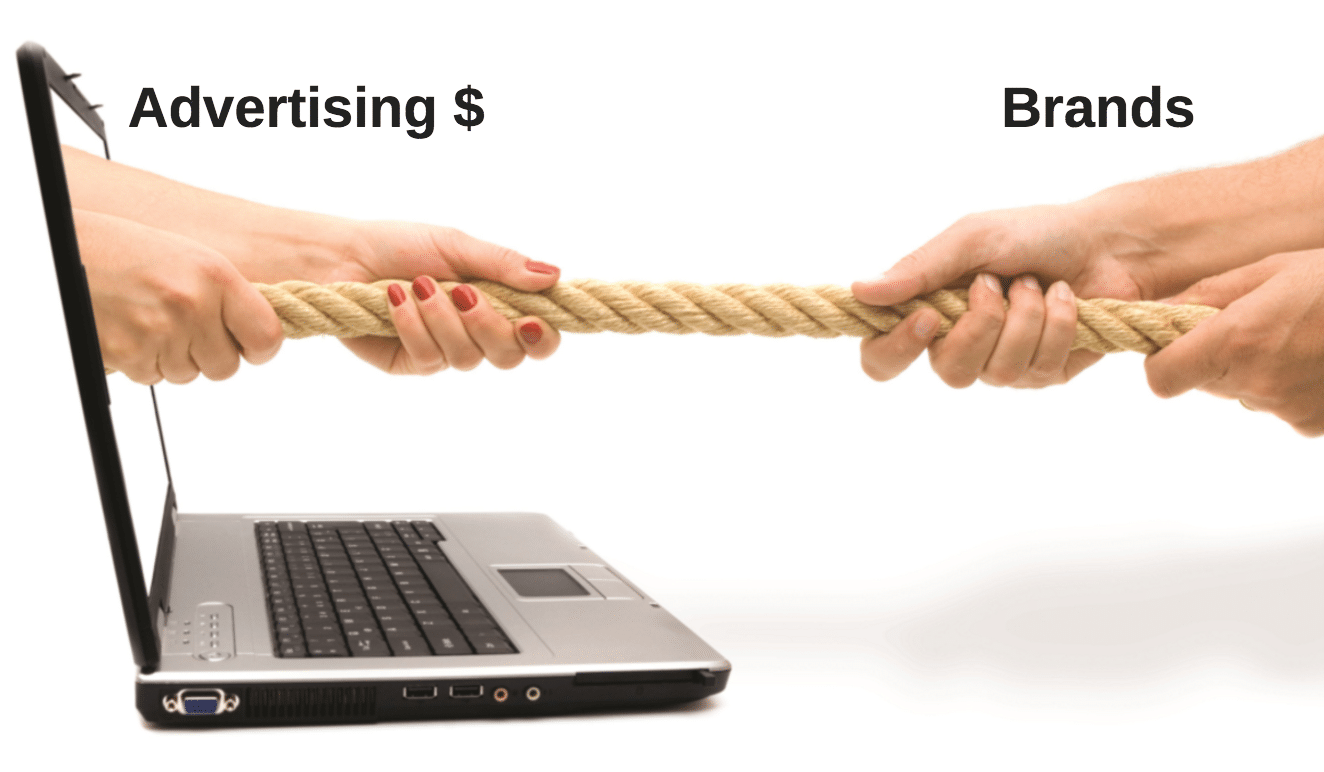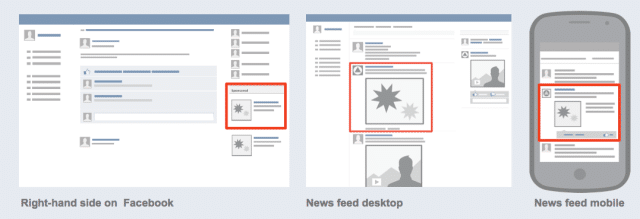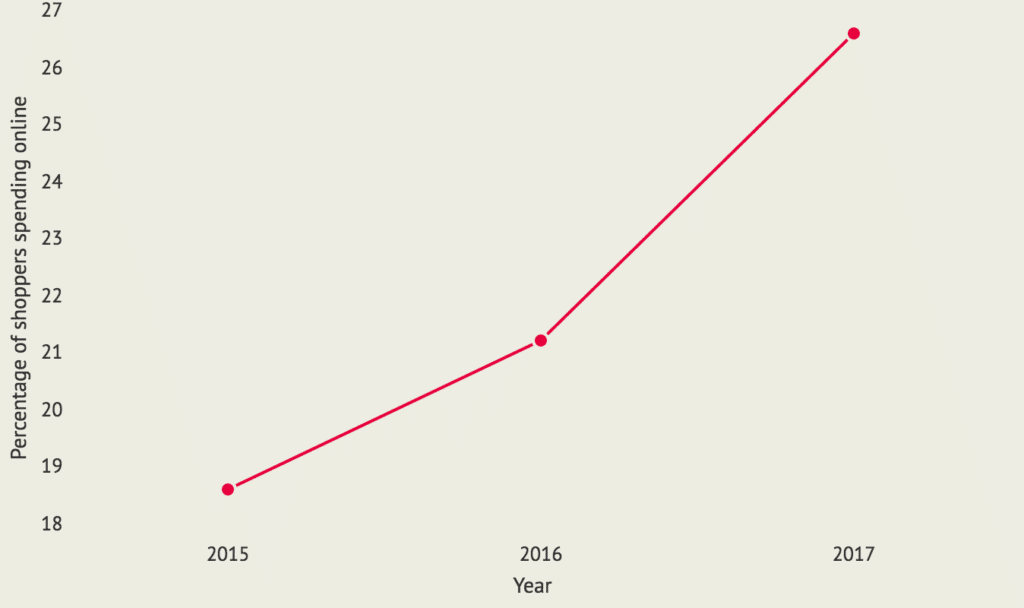Are Big Marketers REALLY Pulling Out of Digital Advertising?
Are Big Marketers REALLY Pulling Out of Digital Advertising?

“Digital advertising sucks.”
This is the mantra shouted by many top advertisers over the past year.
First it was Procter & Gamble last year. You know, that company that just so happens to be the largest advertiser in the United States. P&G tried an early version of Facebook’s still nascent targeted advertising platform, didn’t like the results, and then publicly declared a lack of transparency in digital advertising. The message was designed to be a word of caution to fellow advertisers.
Or was it? (Keep reading.)
This past week a decision was made by many top companies to pull advertising from Facebook and Google’s YouTube. The reason is because of “brand safety.”
If you’re not familiar with it, “brand safety” as a term is a relatively new concept, birthed by the digital ad industry. The way software platforms like YouTube and Facebook function is they ask for parameters, or conditions, from the paying advertiser for how and when the ads should appear. These conditions are fed into an algorithm. The algorithm serves the ads based on meeting the conditions the advertiser prefers.
But there’s more.
The popularity of the conditions chosen by the advertiser is also measured by the platform. The more money that’s paid to the platform, the more frequently the ads are served.
This bid format is essential to understand when it comes to brand safety.
Large companies are paying 6 or 7 figures to ad platforms like Facebook and YouTube. In return, the large companies are given preferred bid placement – right next to content that is also popular.

Sometimes the most popular content is NOT the type of content a large company wants to be associated with.
That means a large company’s content or logo may appear next to a lewd video content recommendation, for example. And, some folks have a hard time distinguishing between recommended content online and advertised content online. The inability to make that distinction puts the “safety” of how a brand is perceived at risk.
So, where does that leave us, the advertisers?
Is digital advertising in trouble? Are more brands going to start pulling out?
Are big marketers REALLY not going to invest in digital advertising anymore?
Uh, no.
There are two ways to view these activities by these huge companies.
One view is that digital advertising actually does suck.
Especially when compared with more traditional advertising approaches like TV, radio, and print, where the name of the game is impressions. Where the correlations between impressions and sales are a bit murky, the correlations between click throughs and online purchases are crystal clear.
The second way to view this issue is equal parts cynical and a worthwhile consideration.
Perhaps these HUGE advertisers understand digital advertising REALLY well. As more and more companies – ranging from small to large – are moving budget to digital advertising, guess what happens? The bids for important keywords on Google and YouTube go up. The bids for valuable demographics increase on Facebook. So, it could be that large advertisers are trying to shift market perception of digital ad effectiveness to a negative one. The benefit is clear – less competition for bids.

Like most things, the truth is probably somewhere in the middle.
Especially when you consider something plain and simple – digital advertising actually DOES work.
If you’re struggling with it, it’s likely because it isn’t being done correctly.
Successful digital advertising is like any other form of marketing – it is all about how your expectations are set.
If you are expecting to turn digital advertising on cold… meaning with no audience developed, no communications channels established, and poor supporting digital assets like a website, then your digital advertising is going to suck.
But if you put the work in to see beyond a single ad or digital campaign – and instead see the value in a digital presence – and then use digital advertising to drive traffic to the digital assets of your business, then I can show you countless examples of effective digital advertising.
All it takes is an investment of time and a few resources to build it up. But once your digital presence is built and optimized to be effective, it’s hard to dismantle it. And it’s easy to see how effective it is.
With all of this context, it’s time to tell you that Easter is turning into a MASSIVE eCommerce holiday. Easter spending is supposed to raise over five percent this year, a possible $18.4 billion bucks.

With all of those customers looking to buy online, how are companies going to ensure they are getting those customers to their brands and websites?
Yup, digital advertising.
So, as you watch these large advertisers bully the industry and turn negative on digital ads as a means to their business ends, just remember that it’s healthy to question their motivations.
Call me cynical if you want. But the numbers say digital advertising works just fine, if done well.


0 Comments